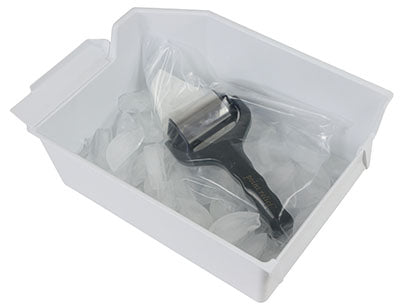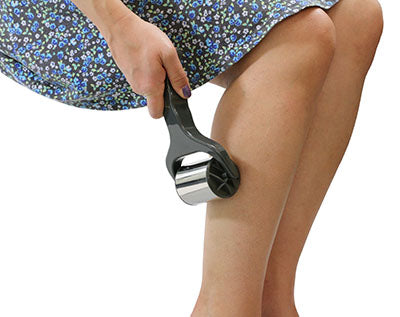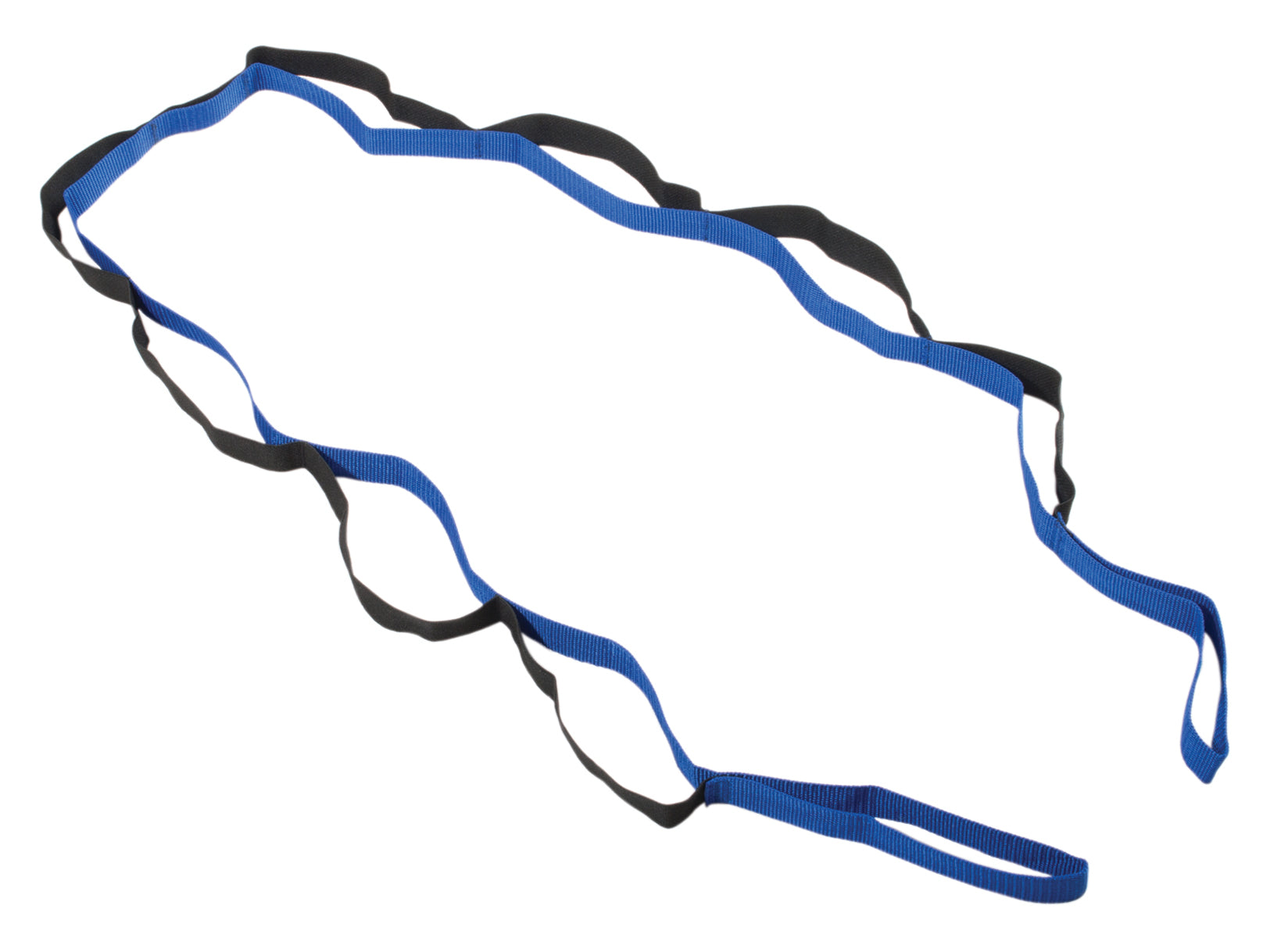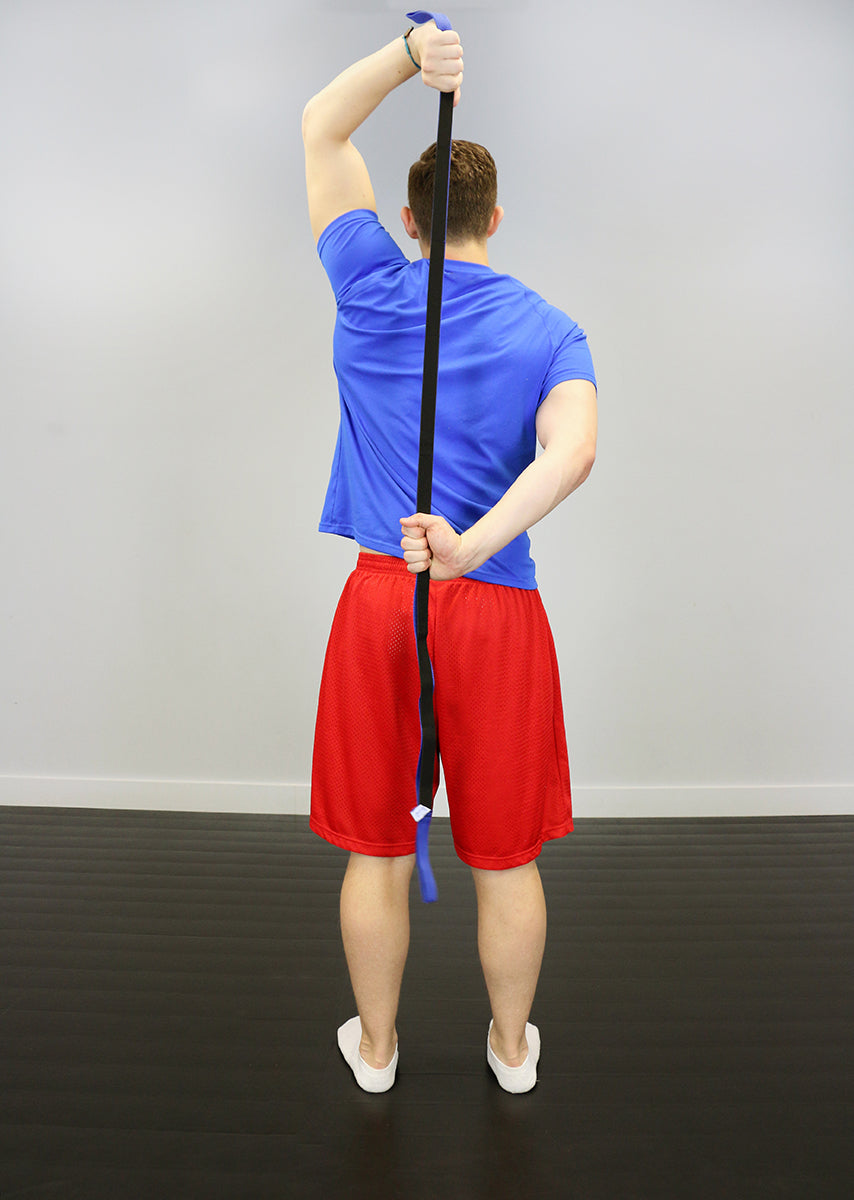
I’d be dishonest if I didn’t say that being a physical therapist with a substantial injury doesn’t call out a little shame. “Why aren’t you lifting yet? I know so-and-so also tore a tendon. He had surgery and he’s benching and squatting again already!” Man, these words hurt any lifter, and thank goodness for my physical therapy background or they might make me want to do something stupid in my comeback. Having patience and trying not to compare have to be the hardest part about injury. Giving in to those things usually comes at the cost of ignoring the smart knowledge of what is happening to you¸ not that other person.
RECENT: Understanding Groin Injuries: Tendon Injuries
Everyone wants to know “just the one thing I can do” to get better. The answer is to learn how to think about injury. It’s not an easy one, but it’s a skill you’ll be so glad to be equipped with when necessity arises. This is the last objective installment of
the series I’ve been writing on groin injuries with the overarching theme of knowing what tissue is affected before you can put a plan together. My hope is that instead of looking for a quick recipe to treat your injury, you can learn how to think about it. I’ve written about the general anatomy of the hip as well as
muscle tears, and why even though they may look gnarly at first, they will heal faster than almost any other type of injury, and why.
The last article written discussed tendon injuries, and how their structure requires a balance of healing time and appropriate, mechanical load progression.
There have been previous articles written on different supporting structures, like the labrum and FAI. It’s convenient when injuries fit into a nice clean box: one muscle or tendon is injured. Figuring out a plan of action is easier, and once a plan is in place, most people feel optimistic moving forward. Every now and then you get the injury that doesn’t fit a box: there are multiple structures involved, or the structures involved are important for multiple roles within certain movements. I am going to be 100 percent transparent: When a doctor whom I trust and who knows how I train gave me his diagnosis, I had no idea what to do because I hadn’t met anyone that had this constellation of stuff. Neither had he. The best foundation we came up with was based on the same principles in the previous articles: What tissue is affected? How does it respond to movement and load? What does the healing process look like?
The complex groin injury I sustained was composed of the following:
- Short adductors grade 2 tears: no problem.
- Traumatic labral tear: Will do well with strengthening and stabilizing the area: no sweat.
-
Adductor longus tendon rupture: Not great, but give it a year-ish, and I’ll probably be good. I can train around it, let it scar down, and load it appropriately. I knew both
Dave Tate and
Ted Toalston had similar injuries. - Pelvis fracture fragment, free-floating and not connected to tendon (which is distinct from an avulsion, which heals and rehabs pretty well): This was the kicker. We have no idea how this happened in conjunction with other things. The stupidest, most annoying part of this was I had already reframed what felt like the major issue (tendon tear), and this stupid, small fragment threw those plans out the window. It was infuriating.
RELATED: If I Don't Have a Practitioner, Where Do I Go for Help?
The muscle and labral tears are minor issues relative to the tendon healing, which is limited by the bone fragment and location. The adductor longus is not only involved in moving the leg to and from our midlines or shifting our bodies to and from side to side and stabilizing our pelvises, but it also assists with flexion and extension (depending on its start position) and small degrees of rotation. It attaches to the front of the pelvis, which means any pelvis movement (which happens WAY more often than you’d think) is going to affect it. So, really, the tendon injury alone means it probably won’t ever get full “rest.” Not ideal, but workable. If the tendon had been the only major issue (meaning, it will be the slowest healing of the three), common logic says to follow the physiologic healing timeline for tendon, including letting it set down, then remodel through maybe the four-month mark, then mature for up to a whole year. Both the remodeling and maturation phases for tendon include appropriate loading, meaning not too much, but also making sure it’s enough because tendons respond to a mechanical stimulus for the better when load is matched with tissue capacity. What the bone fragment complicated were the inflammation cycle and permitting the tendon to actually scar down, for lack of a better word: too much movement disrupted what healing had taken place and perpetuated the inflammatory cycle, preventing actual repair and remodeling to a degree that was functional for me. Generally, a short duration of less movement with tendon injury can be followed by appropriate and progressive loading. I needed to let the bone fragment resolve before really working into the things we think about doing: mobility, strengthening, etc. I have a great deal of respect for the physician I worked with, and after my injury, he sent my MRI to another musculoskeletal radiologist to make sure they were seeing the same thing.
“Dani, if you go too hard right now and don’t let that scar down, bone fragment resolve, or keep irritating it, you’re done squatting heavy for good. You won’t have the stability or tissue resilience you need.”That was all I needed to hear. I trained more than I needed to in the meantime, but my training was very specific, targeted, and with entirely different goals, based 100 percent on what we know about tendons (respond to load) and the fragment (needing to prevent disruption):
- I used certain exercises as my indicators in terms of how I was improving: I could box squat, but if I got too tight (abs pulled too hard on the pelvis) or too loose on the box, it was painful. I stopped adding weight and adjusted the box height. I had to make sure both butt bones touched at the same time and to be intentional with the use of my right leg. I only permitted increased weight or range of motion if I could keep perfect tightness without pain. This gave me something concrete to be working towards that I knew would have long-term payoff.
- I did the boring things no one wants to do: I couldn’t squeeze my right glute for the life of me for a good three to four months after the injury. The whole thing shook like crazy, and the right half of my pelvis was so swollen looked like I was pregnant for about a month. I used both legs for simple, boring rehab exercises like box squats (as opposed to single leg sit to stand), hip bridges, small lateral walks, and really anything else I could do, as there is some overflow from one side to the other with regards to muscle synchronicity and volitional use. I started with baby ab work but realized quickly it was also the most irritating thing I was doing and modified constantly. As right leg stability improved, I moved toward unilateral movements, still doing both sides, as my left served as both an indicator and learning opportunity.
- I emphasized positional isometrics: We think of isometrics as boring. But pressing against your hand while maintaining body position (such as a split squat) and encouraging weight-bearing can be pretty darn challenging if you perfect things like internal tension or add external forces (like a band pulling you one way).
- I limited the range of motion based on the fragment and tear location: At first, any frontal or transverse plane movement more than what we use with walking was painful at first. Initially, I kept movements to small sagittal-oriented movements and made them as perfect as I could. I picked something to focus on, like keeping my torso angle as close to where I wanted it in my squat or keeping little things like abdominal control a priority in the movement (because that alone put tension on the tendon!), and I did these things consistently every day. It felt stupid, going from repping 315 to just try to make my right leg accept load or doing a pelvic tilt without pain, but it was a huge shift in perspective.
- I used blood-flow restriction: I did this mostly to avoid atrophy but really only introduced it later on, maybe at the four-month mark. I used it in both compound and isolation movements. Dr. Mario Novo has some really amazing research and clear guidelines I strongly urge people to follow.
- I had a plan for follow up: The doctor I worked with encouraged an MRI at roughly one year to see how things were healing and if they were consistent with the physiology of tendon remodeling and maturation.
READ MORE: Troubleshooting Strength Injuries: Dealing with Injury
The most recent MRI I had was, quite frankly, perfect; I couldn’t have had better outcomes. By the time I had it done, I’d been
SSB box squatting to just about parallel with no pain and heavy enough weight to feel like I’d been training but still had to be intentional about right leg use. At roughly eight months, I was working into conventional and sumo block pulls with roughly 65 percent of my conventional and sumo maxes. I started working in to frontal and transverse plane control in relatively stable positions, and as those muscles got stronger, mobility improved.
I still had major limitations that I expected to have because I hadn’t been given the green light to push those limits, but what I’d done in the meantime had gotten me to a point where both doctors that looked at my initial MRI couldn’t believe the lack of atrophy and overall tissue quality in the area. A little over a year later, the tissue is healed, but requires an increase in both capacity and resiliency: The green light/good job healing really just gave me the go-ahead to start preparing the tissue. On top of that, small changes in training brought about larger changes in pattern: while my box squat felt good, taking the box away instantly made it harder for me to fully integrate my right leg. Deep right leg single leg pressing is about 70 percent as strong as the left. I’m still not comfortable pulling conventional from the floor, and my right glute still shakes and fatigues quickly. I’m getting a bit of right knee pain that I’ve never had because my right hip still has a hard time stabilizing. I have to say, as much as I can’t wait to get back to heavy training, what has made this whole process more tolerable has been knowing what to expect and knowing how to think about it, which comes from my physical therapy background. I expect to have a little difficulty with it because my timeline had to deviate from the expected tendon injury timeline because there were other factors to consider. Going forward, my best squat might be behind me, but I won’t say that with certainty. I can say for 100 percent certain that had I approached this like,
“It’s just the tendon tear,” or compared to someone who had surgical repair, I doubt I’d have a shot at coming back as strong as I do now. Without thinking about the actual tissue involved in the injury and what’s happening locally in the area or just throwing the big-box label of adductor tear (remember:
adductor muscle will heal differently than
tendon) on it wouldn’t do justice to what the body needs. These principles are what make rehab and comebacks successful. I have a pretty long road ahead of me, but the fact that the road doesn’t end in a ditch and I have someplace to move forward is a direct result of looking at the tissue involved, and seeing the bigger picture. There’s usually a way to deconstruct a program or respect an injured tissue in a way that leaves people feeling like there is still something productive and hard they can do, or at least have ways to train around their injuries. Learning how to think about injury is one of the most underrated skills any coach, athlete, or trainer can have, and ultimately, expectation management plays a huge role in long-term success and compliance.
Part 1: Understanding Groin Injuries: A Primer
Part 2: A Muscle Tear
Part 3: Tendon Injuries





































































